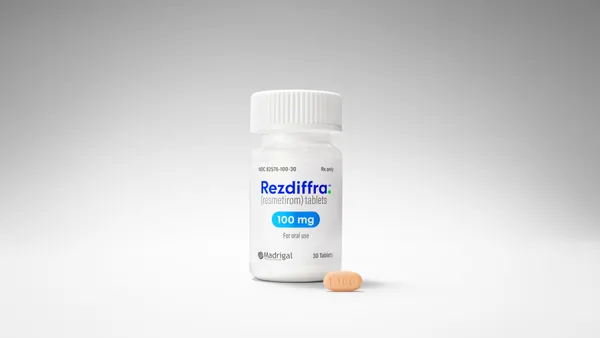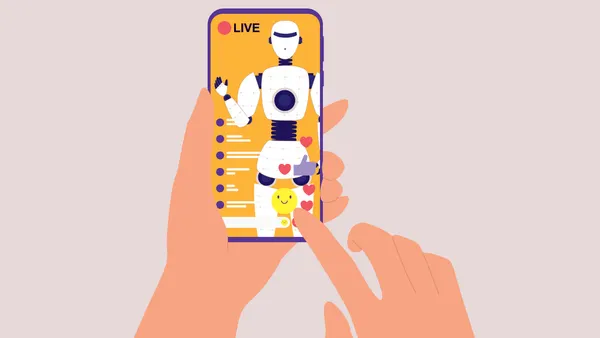In a recent study conducted by Enable Healthcare, practitioners had an opportuni ty to shed light on a variety of multicultur al topics, such as the impact of “folk medicine” and language barriers on patient care. The eightmonth study offers keen insight into how physicians perceive multicultural issues in their practices and identifies ways CME providers can enhance their content to address the gaps. This multicultural study, which was underwritten by Enable Healthcare, was sent to 4,000 primarycare physicians nationwide via fax broadcast, printed inserts, and email distribu tions. Not surprisingly, language barriers were ranked as the highest roadblock to quality patient care. Almost 80% of physicians surveyed either agreed or strongly agreed that language barriers some times adversely affect patient outcomes. A full 95% of respondents reported that these barriers sometimes adversely affect how physicians treat their patients. The impact of folk medicine, contrasted with conventional biomedicine, also struck a common chord. About 70% of respondents were in agree ment that “lay health beliefs” present barriers to treatment and/or patient compliance. Contrast that with the 1% who strongly disagreed. Interestingly, while these physicians recognize that divergent cultures give rise to disparities of care, only 27% report that their practices have “cultural competency measurement tools to ensure equality of care across all patient popula tions.” In fact, fewer than half (41%) think pro fessionals in their practices can “easily define cul tural competency and how it affects the quality of healthcare.” Perhaps the greatest learning from this study is insight into effective ways to structure content to close multicultural gaps. For example, almost threequarters (73%) of physicians believe their practices would “benefit from basiclevel foreign language courses tailored to improving communi cation between patient and healthcare provider.” Understandably, obtaining an educational grant exclusively for language enhancement can be chal lenging. But there are ways to bridge the multicul tural gap within the context of traditional CME con tent. Aim for the Penultimate Goal for the Greatest Rewards The ultimate goal of CME is to positively impact patient care. It should be core to the mission of all accredited providers to reach and teach physicians in such a way that patients become the beneficiaries of the expenditure of capital, whether that capital is intellectual or monetary. When planning and execut ing a CME activity, providers should strive for a penul timate goal with near equal diligence: to innovate and educate in ways that capture the participants’ atten tion, inspire their feedback, and satisfy their penchant for learning. In the end, an engaged mind is a porous mind. With that in mind, physicians were asked what instructional design tactics would be beneficial to bridge multicultural gaps. The following are a few suggestions that can engage the physician and make the “user experience” an enduring one. Tonguetied: Simply put, language gets in the way. Survey results show that physicians believe lan guage barriers can adversely affect patient out comes. The majority of respondents concurred that their practices would benefit from tailored for eignlanguage communication initiatives between patient and healthcare provider. Activities can include “keyword” listings with frequently used terms, “folk remedies” translations, etc. Addition ally, CME can be offered in a foreign language. Enable Healthcare developed a live teleconfer ence series in Spanish that focused on type 2 dia betes. Given the prevalence of diabetes in the His panic/Latino population, the strategy was to offer physicians educational updates in the language that was spoken with their patients. Clearly, these U.S.based physicians speak English; but, they were highly receptive to participating in a Spanish language CME activity. The activity, which was supported by an educational grant from Aventis Pharmaceuticals, received favorable reviews, and the overwhelming majority of participants indicat ed their practice outcomes would improve and the educational design was helpful. Alicia A. Efessiou Chairman and CEO INDUSTRY ISSUES ENABLE HEALTHCARE COMMUNICATIONS is an ACCMEaccredited provider with offices in Virginia, New York, and Pennsylvania. For information on creative options in CME, please call Alicia A. Efessiou, Chairman and CEO. at 5712030517, or visit enable It should be core to the mission of all accredited providers to reach and teach physicians in such a way that patients become beneficiaries of the expenditure of capital — intellectual or monetary. Carpe Diem in Multicultural CME
An article from


Carpe Diem in Multicultural CME
Filed Under:
Commercialization







